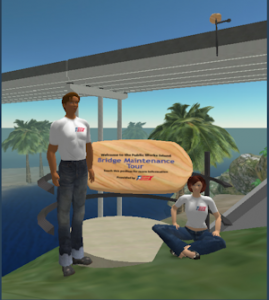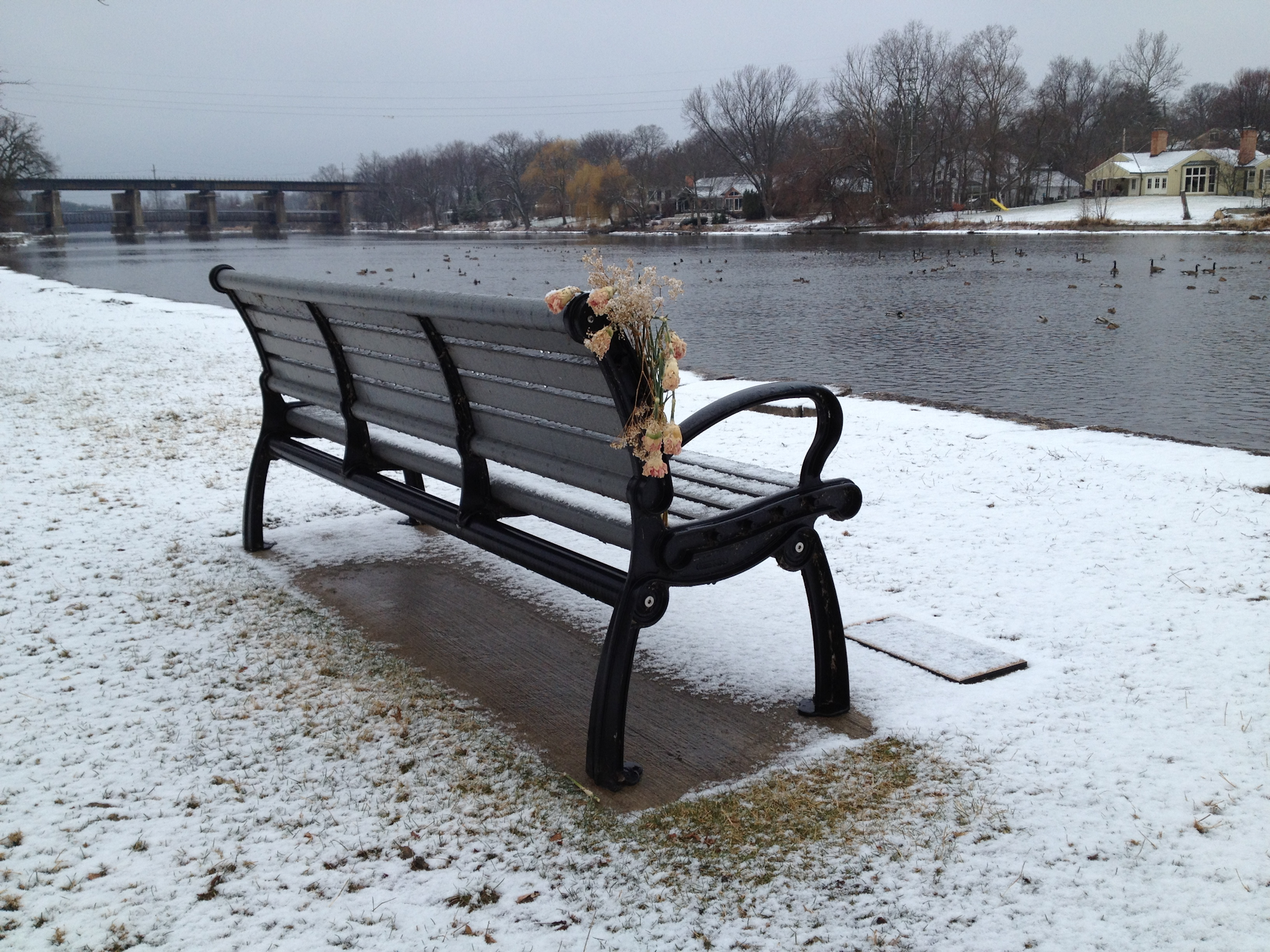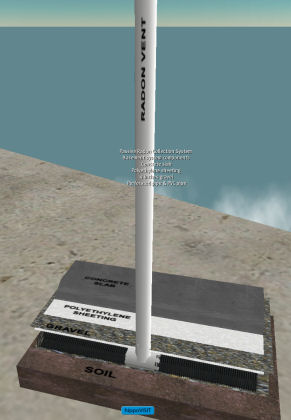Last month I decided to close down the Public Works Group island in Second Life. Over the last 2 1/2 years, the island allowed many people the opportunity to see and explore how virtual worlds could enhance the public works industry. The site also provided a place for people to meet and experience virtual worlds in a relatively safe place – the only exception being the occasional disruption from people intent on causing problems in Second Life.
Summary of accomplishments
 One of the first projects launched on the island was the Bridge Maintenance Tour built by James Matney, project manager for TEEX. This build was a great example of how someone could simply set up an educational resource in virtual worlds.
One of the first projects launched on the island was the Bridge Maintenance Tour built by James Matney, project manager for TEEX. This build was a great example of how someone could simply set up an educational resource in virtual worlds.
(Link to video of the bridge tour: http://www.publicworksgroup.com/videos/bridgetour1.wmv)
Another prototype of an educational resource was the Code House, a virtual single-family residence allowing for the 3-D visualization of the building code. Since the house was built, there have been at least two other examples of this educational concept constructed in Second Life. One by the Planning Portal in the UK and one by the FAS.
Public Works island also hosted the founding of MuniGov – an online community of local government professionals established by Bill Greeves and myself. Meetings for MuniGov were held on the island from about Sept 2008 until the closing of the island. Last year in April, Public Works hosted the trade show and after conference activities for MuniGovCon09 – the first virtual conference for government.
So What is the Deal?
Those are just a few examples of the many accomplishments and activities supported by Public Works island. So, you might be wondering, if the island was providing benefit why close it down. One of the key reasons is cost. Because public works is a primary function of local government, this field along with government in general must pay close attention to costs. For a virtual world tool to be embraced and used by local government, the cost must be acceptable not only to those managing government but more importantly to taxpayers.
Another reason is accessibility and perception. While firewalls can easily be configured to allow access to a virtual world, some IT government professionals are hesitant to create these openings due to security concerns. This is not helped by the fact that mainstream media has portrayed Second Life as just a crazy game with people running wild leading those not familiar with the technology to disregard it as a serious business tool.
Last year, members of the Emerging Leaders Group for APWA researched the use of Second Life as a viable tool. While they saw many benefits of the technology, they shared in the concerns expressed above. (Here is a link to the group’s report, Communicating with APWA Membership, New Media Evaluation.)
While I was aware of these issues when setting up Public Works island, I did think that eventually Linden Lab, the creators of Second Life, would see the value in offering solutions to local government and would end up addressing cost, perception, and accessibility issues. However, based on their actions and decision over the last 2 1/2 years, I am no longer convinced they will move in this direction.
Onward Ho!
While I still see value in exploring and using Second Life, I realize that local government needs a different solution – one that costs much less and that can be better controlled. Fortunately there is such a solution. Opensim software has now been developed to a point where local government can launch a stable and cost effective virtual world using this alternative. The other benefit of OpenSim is the use model of this choice parallels the existing Web hosting model already implemented by many local governments.
So the Public Works Group virtual world initiative has moved on to create GovGrid – a government-focused virtual world. This initial world or grid now consists of four islands that initially will host the following uses:
Other government agencies, groups, and vendors working with government can set up space in this grid knowing that there will be a government focused community. The OpenSim solution also allows for control features designed to meet security and backup concerns.
So What’s Next?
If local government is going to use this technology there needs to be some type of guidance provided to help agencies understand and set up their own virtual space. I thought by sharing my efforts in establishing GovGrid, I might be able to help others who make the decision to move down this path. So instead of setting up everything and then inviting people in, I am inviting everyone to watch as I begin establishing the grid and creating the content. I will also continue to blog about the progress of GovGrid through future posts.
You can register at the GovGrid Web site at http://www.govgrid.org which should then allow you to access the registration for creating an avatar on GovGrid. Then follow the instructions for accessing the new grid. Remember things are still under construction, but feel free to wander around, check things out, and ask questions. And if you work for government or for a company or group that does business with government, you are invited to eventually become part of GovGrid by setting up your own virtual space on the Grid.
See you in GovGrid!


